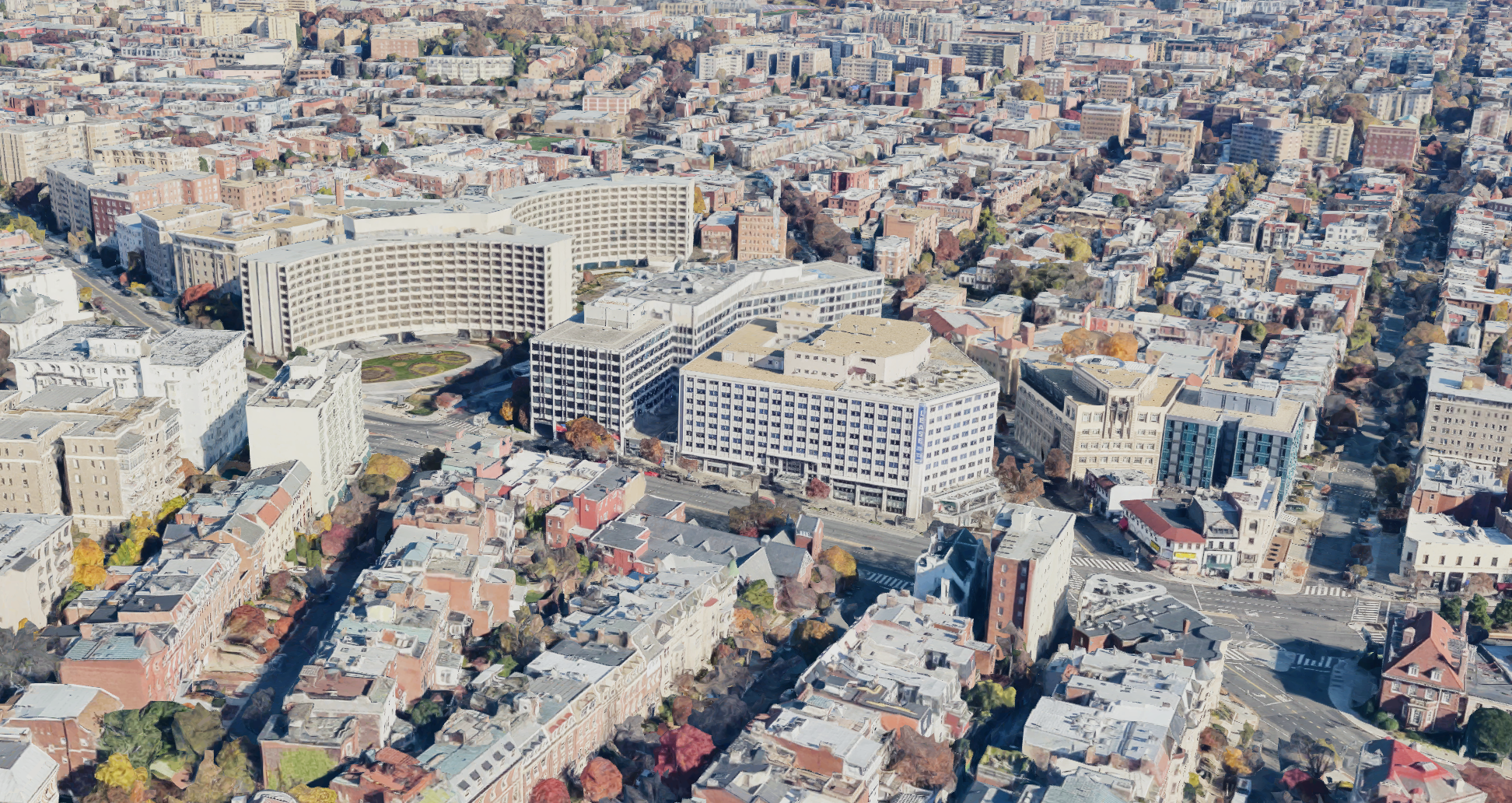With the market changes brought on by the pandemic, developers and building owners have found new opportunities to address their investments in commercial real estate. Key decision-makers for these properties have begun exploring the conversion of underutilized office space which helps to address the much-needed housing needs in cities globally. In the last two years, apartment conversions across the U.S. jumped by 25 percent, compared to previous reports.
During the 2020 lockdown, developers took the opportunity of the vacant space to create more than 28,000 rental units through adaptive reuse. These numbers are continuing to improve in response to more office space entering the market as more businesses have adopted a permanent work-from-home schedule or have turned their offices into meeting and collaboration hubs.
Below, we look at how cities across the US and the UK are responding to the recent trends of property redevelopment in commercial and residential real estate.
New York
In December, Mayor Eric Adams and Gov. Kathy Hochul announced a plan to address the needs of post-pandemic New York by creating mixed-use neighborhoods throughout the city with the intention to drive new residents and businesses to centrally located districts. The plan advocated for the conversion of vacant office buildings into homes, a solution that would address both the city’s growing demand for housing and the subsequent need for retail growth in the newly developed residential areas. These changes would come with a reformation of city zoning laws which would permit the conversion of currently zoned office buildings. In January, Adams announced a list of specific recommendations for converting underutilized office space into 20,000 units to house more than 40,000 New Yorkers over the next decade.
Within the mayor’s proposal, he outlined the key takeaways for the conversion of underused office space for New York City. His vision includes the expansion of flexible conversion regulations to all high-intensity office districts. Areas such as Downtown Flushing and the Bronx Hub combined offer an additional 16 million square feet of potential space for reuse. He also requests that developers look for opportunities to allow housing, whether through conversions or new construction, in a centrally located, high-density part of Midtown that currently prohibits residential development. These recommendations from Adam’s stand to create incentives for developers to address New Yorkers’ housing needs at all income levels.
Los Angeles
This year Los Angeles has led the national trend in developing office-to-residential conversions, according to Rentcafe. The city also has the greatest number of proposed developments with a goal of creating more than 4,130 units throughout the city expected to soon be opened or are currently in the proposed project pipeline.
Think tank Rand Corp. recently identified 2,300 underused office and hotel properties in Los Angeles County that could be converted to housing. Many of them are older office buildings developed in the early to mid-1900s with large floor plates of unrented space that could be converted into affordable housing, according to a March study.
When reviewing the latest reports of Los Angeles office-use data, the redevelopment of underused hotels, offices, and other commercial buildings would be accommodating up to 113,000 units for residents of the city. With the current proposals to renovate existing properties, the developments would address nine to fourteen percent of Los Angeles’ current housing needs over the next eight years. Though the purchase and conversion a high-rise office building can have a large price tag, the popularity of redevelopment over the last few years has proven to be more cost and time-effective to convert an existing structure than erecting a new building from the ground up.
London
The largest one-off conversion in London is Delta Point in Croydon town center, which has turned the former office space into 348 new homes. Similarly, larger proposals have also been given the go-ahead in eleven other London boroughs including Richmond, Barnet, Islington, Camden, and Lambeth.
This deluge of office conversion is largely down to planning changes which in 2013 temporarily relaxed ‘permitted development rights’, also known as PDR regulations, for offices being turned into residential.
As the UK faces a housing crisis, politicians are heavily encouraging developers to pursue the continued adaptive reuse of properties that were previously permitted only for commercial use. Recently, the government has addressed the proposed development rights to allow for adaptive reuse and has since been passed by local government officials. These new zoning rules are anticipated to create a surge in office redevelopments over the next five to ten years. These proposals for reuse are slated to create thousands of new residences throughout the city, directly assisting the need of the growing population of London.
Though these three cities are considered some of the most integral international hubs for business and their successful real estate markets, steadily growing populations internationally have inspired developers to explore the adaptive reuse of commercial properties into residential units to address local housing needs. Post Brothers, a US-based large-scale, multi-family real estate firm based out of Philadelphia, recently acquired a $228 million two-building office complex in Washington D.C. The intention behind acquiring this property is to create more than 600 residential units, giving the building an estimated value of over $700 million upon completion. The shift to the DC market has afforded Post Brothers entrance to a new unique opportunity to reimagine the city through the development of a new, trophy residential project. With the conversations around adaptive reuse, the firm has made a point to stay appraised of the trends in the redevelopment of commercial properties, resulting in their ability to effectively enter new markets.
The increased need for residential housing in metropolitan areas across the globe has been drastic over the last few years. With the changing needs of the modern workplace and population growth, the conversation of what to do with empty office space is a necessary one for developers and landlords. While many of these initiatives won’t be completed in full for at least five years, the current strides by developers in conversion and in conversation about what to do with unused real estate is a constructive and necessary next step for the future of property development.

